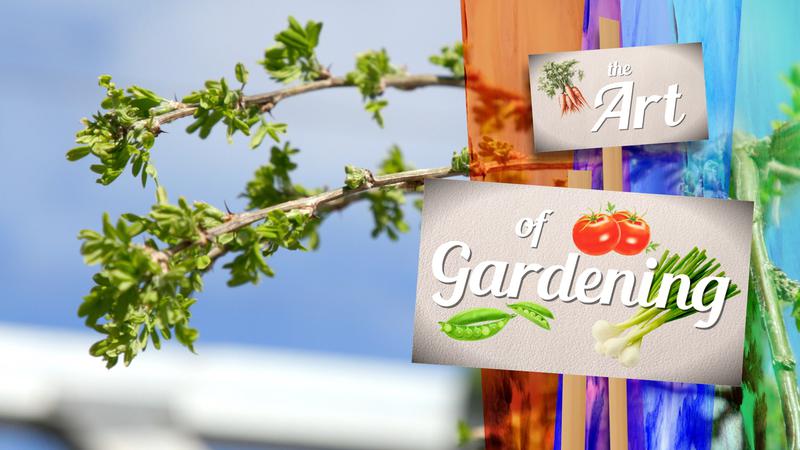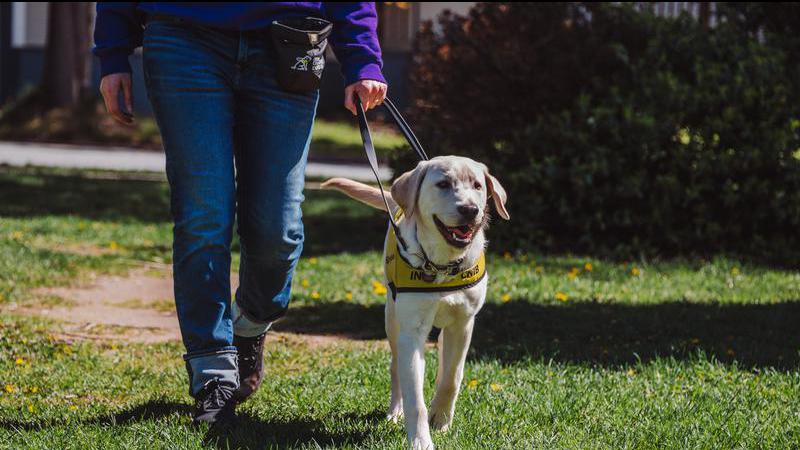
Herb Alpert sculptures make stop at Wyoming museum
JACKSON, Wyo. — It seems like every once in a while you run into someone who can do anything. When that person seems to do it with ease, it’s another thing entirely.
“I never tried to make a hit record,” said Herb Alpert, famous trumpeter and band leader.
Still, Alpert released nine No. 1 albums on the Billboard 200. He has also sold 72 million records and picked up nine Grammys during his six-plus-decade career.
But he would probably balk at even being in relation to his awards. Sitting in front of a view of the Gros Ventre Range at the National Wildlife Museum of Art, he came across as humble, relaxed and genuine. He wasn’t there to talk about a career that saw him lead his band, Herb Alpert and the Tijuana Brass, to commercial success and fame in the ’50s and ’60s. He also wasn’t interested in talking about starting, running and selling A&M Records.


